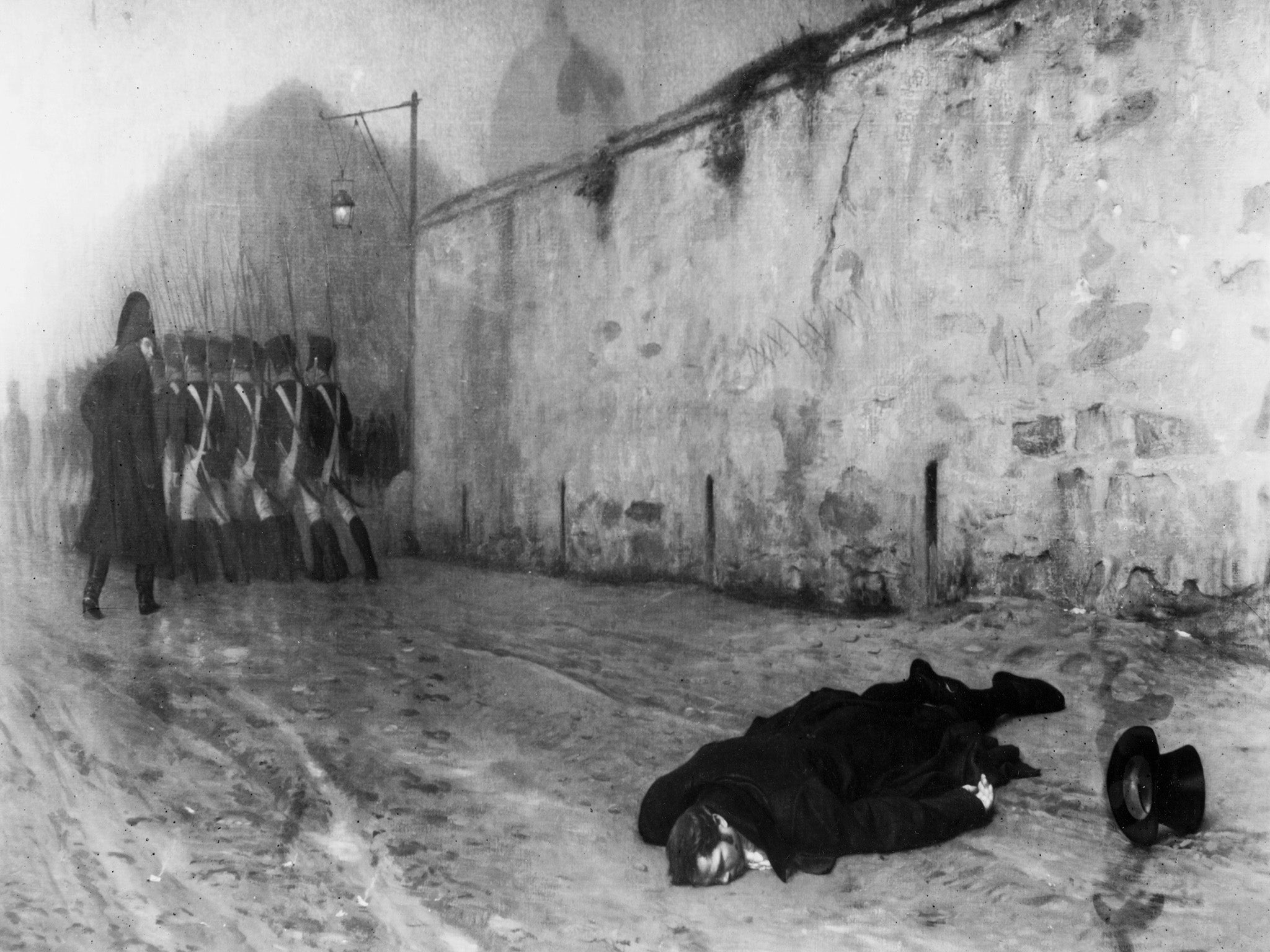Utah brings back firing squads: 5 things to know about the firing squad
The governor of Utah signed off on a bill permitting the use of firing squad in executions

Your support helps us to tell the story
From reproductive rights to climate change to Big Tech, The Independent is on the ground when the story is developing. Whether it's investigating the financials of Elon Musk's pro-Trump PAC or producing our latest documentary, 'The A Word', which shines a light on the American women fighting for reproductive rights, we know how important it is to parse out the facts from the messaging.
At such a critical moment in US history, we need reporters on the ground. Your donation allows us to keep sending journalists to speak to both sides of the story.
The Independent is trusted by Americans across the entire political spectrum. And unlike many other quality news outlets, we choose not to lock Americans out of our reporting and analysis with paywalls. We believe quality journalism should be available to everyone, paid for by those who can afford it.
Your support makes all the difference.Firing squad may seem like an antiquated method of execution, but such methods are making a comeback in the US, as states are struggling to obtain the drugs needed to perform lethal injections.
Since Utah exhausting its supply of lethal-injection drugs is a legitimate possibility, the state may have to turn to the firing squad at some point soon. Here are five things to know about Utah’s firing squad:
• The last person in the US executed by the firing squad was killed in Utah. Ronnie Lee Gardner was executed by firing squad on 18 June, 2010.
• The prisoner is seated in a chair with a target pinned over his or her heart, the Associated Press reported. Five randomly selected police officers – from a pool of volunteers – point .30-calibre rifles at the target.
• The firing squad aims for the heart instead of the head because it offers a bigger target and typically results in a quicker death.
• The AP reported that one of the rifles is loaded with a blank round, so the identity of the officer who kills the prisoner remains anonymous.
• Two death row inmates soon could face the firing squad in Utah. Ron Lafferty, convicted of killing his sister-in-law and her baby in 1984, chose the firing squad when Utah still allowed inmates to choose. That state stopped allowing them to choose in 2004. Another inmate, Doug Carter, chose lethal injection, but could get the firing squad if the state runs out of drugs.
Follow @PaytonGuion on Twitter.
Join our commenting forum
Join thought-provoking conversations, follow other Independent readers and see their replies
Comments